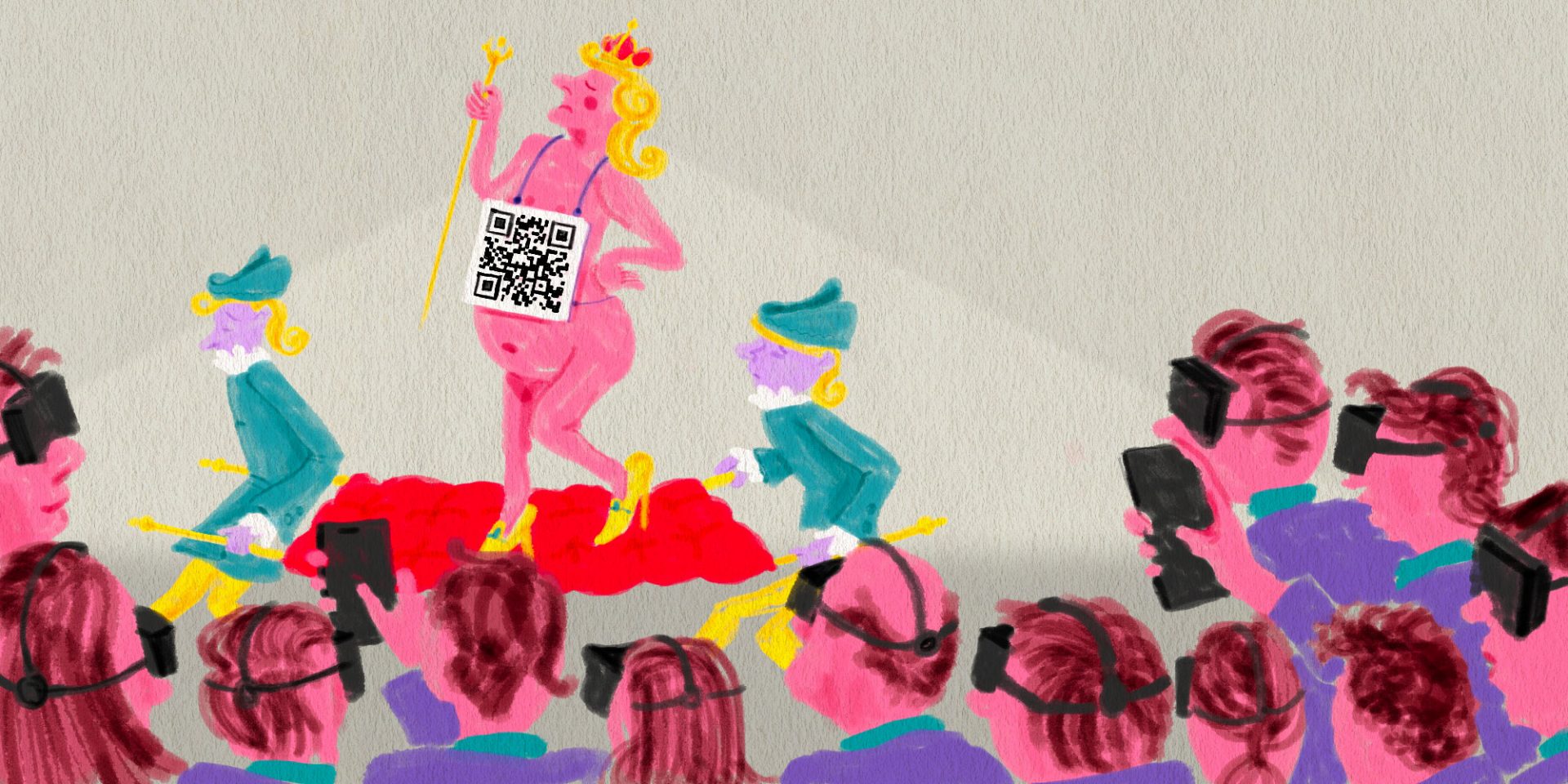
Once upon a time clothing was a useful product. You’d buy new clothes because you needed new clothes, just as you would buy food because you were hungry. But the world has changed profoundly. Automatisation, global supply chains and companies that work in increasingly more efficient and effective ways, have made products available to almost everyone on a scale never seen before.
Obesity has become a bigger health problem than hunger (source) – though hunger still exists. In most societies, we have more stuff than the world can deal with, both in terms of resources and in terms of waste. Clothing has become a mass product too. While our limitless hunger for new clothes doesn’t lead to obesity, it does cause a whole range of other problems, virtually invisible to the consumer.
The demand for fast fashion causes shorter production times, putting massive pressure on factories and factory workers. Fast fashion pollutes, not only because of the ever increasing need for resources, but also in transport and waste (most of the 100 billion garments produced every year are not recycled in any way). What can we do about this ongoing low-price, low-quality shopping spree?
"Why are tiny houses a thing, and not tiny wardrobes?"
Maybe part of the solution can be found in the very fact that we’re talking about fashion. What are the mechanisms of trends? How can we make buying fewer pieces of higher quality the fashion? There are other ‘slow’ movements that have proven that trends can be used for good. What can we learn from these? What caused veganism to be trendy? What started the plastic soup movement, making people aware that using plastic is causing environmental problems? Why are tiny houses a thing, and not tiny wardrobes? We want to find out how to make fair fashion the new normal.
In this thread we’re looking for possible game changers. How do (product) campaigns work to change people’s minds? What is the role of education? What can influencers do to create awareness and put peer pressure on groups of consumers. How can you buy sustainably, and still express your uniqueness?
What makes the questions in this thread even more urgent is the fact that fast fashion has not even reached its peak yet. All over the world markets are expanding, and (clothing) consumption is growing. Bigger houses instead of tiny houses. What is changes are happening, and what is possible in these rapidly emerging markets? Are there any signs of trends towards more sustainable growth there?
Exploring how to use fashion’s very nature to turn the tide of fast fashion is one topic in this thread. In the meantime, and parallel to the bigger ‘climate’ debate, there are experts who promote technical solutions to overconsumption. We want to know if it is really possible that in a few years’ time we will be able to go to a cornershop and 3D-print our favorite new dress, produced from ecologically renewable, local materials. Or maybe can we buy directly from the people that make our clothes, even if it is across the globe. What impactful technological changes are on the horizon?
I’ve heard of a project, a future vision, where all people wear the same comfortable clothes, but projection changes the look of the clothing whenever you want. The emperor’s new new clothes. Hopefully not a stupid idea.

